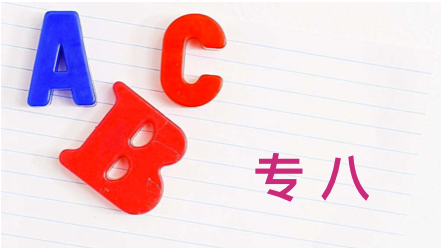<<返回
岭南师范学院—学生翻译实践成果展
以下内容为岭南师范学院学生最近一个月内的翻译实践成果
2025-12-19
汪嘉琪
交通运输
中-英
2025-12-19
汪嘉琪
教育资讯
中-英
2025-12-19
杨韵婷
商务
英-中
2025-12-19
杨金露
医学
英-中
2025-12-19
汪嘉琪
旅游
中-英
2025-12-19
汪嘉琪
化工
中-英
2025-12-18
吴小雨
CATTI练笔
中-英
2025-12-18
宁晓敏
航空
英-中
2025-12-18
罗丽诗
CATTI练笔
英-中
2025-12-18
孙嘉熙
化工
中-英
2025-12-18
罗丽诗
航空
英-中
2025-12-18
姜钦月
时政
英-中
2025-12-18
詹勋颖
CATTI练笔
英-中
2025-12-18
姜钦月
时政
英-中
2025-12-17
孙嘉熙
教育资讯
英-中
2025-12-17
欧炼玲
教育资讯
中-英
2025-12-17
欧炼玲
教育资讯
英-中
2025-12-17
欧炼玲
航空
英-中
2025年11月24日下午,国务院总理李强在结束出席二十国集团领导人第二十次峰会后,乘包机回到北京。 离开约翰内斯堡时,南非卫生部长莫措阿莱迪和中国驻南非大使吴鹏到机场送行。
2025-12-17
黎家媛
CATTI练笔
中-英



